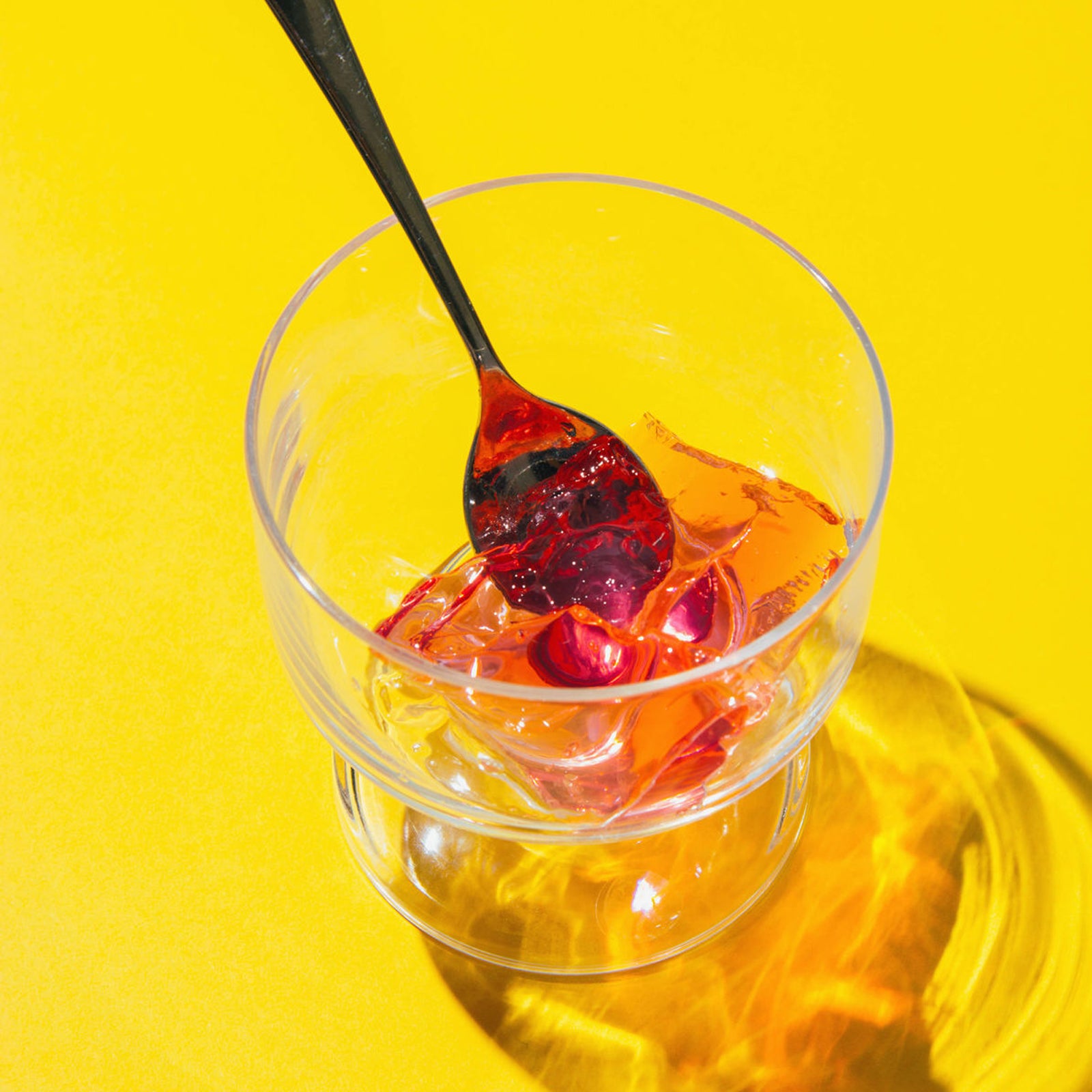By the time professional runner Kate Grace decided to move from Bend, Oregon, to Sacramento, California, in the summer of 2015, she’d become a reluctant expert in the anatomy of the foot and lower leg. She’d endured a metatarsal stress fracture in her foot, a nasty case of plantar fasciitis, tendinitis in her flexor hallucis longus, and a tear in her plantar plate, a ligament-like structure under the ball of the foot. Her new coach at the , Drew Wartenburg, sent her an e-mail before she arrived. To be successful, she would need to stay healthy, he explained, and to stay healthy, she should start making Jell-O.
Wartenburg, a former director of track and cross country at the University of California at Davis, was following the advice of , who heads the university’s Functional Molecular Biology Lab. Over the past decade, Baar and his colleagues have been growing “engineered ligaments” in their lab, then subjecting them to all sorts of abuse to understand what factors affect injury risk. Their conclusion: in our obsessive pursuit of stronger muscles and hearts, we’ve failed to understand how to train and feed connective tissue like ligaments, tendons, bones, and cartilage.
The traditional view is that connective tissue is essentially inert. When Danish scientists analyzed Achilles tendons from cadavers a few years ago, they found telltale traces of carbon isotopes emitted into the atmosphere by nuclear-bomb testing in the 1950s and ’60s—indicating that in the average person, repair and regeneration of the tendon’s core pretty much stops by age 18. That lack of turnover is one of the main reasons tendon and ligament injuries take so long to heal.
But Baar’s petri-dish ligaments, grown from the remnants of ruptured ACLs collected during reconstructive surgeries, suggest there are ways to wake up that inert connective tissue and promote healing. When the ligaments are “exercised” by stretching, they respond by synthesizing new collagen—but the molecular response peaks in about ten minutes and begins to switch off if exercise continues beyond that time. A two-hour workout may be great for your biceps and cardiovascular system, but it’s counterproductive for your tendons.
The engineered ligaments also respond to certain amino acids like proline, a key component of collagen. To figure out the best way to administer proline to humans, Baar did some online research and concluded that the best option was that old-school dinner-party staple, gelatin. He teamed up with the Australian Institute of Sport to test the idea in a double-blind trial. Blood tests of participants showed that jumping rope for just six minutes, three times a day, doubled rates of collagen synthesis. When subjects consumed 15 grams of gelatin an hour before each mini workout, with some vitamin C to help catalyze the reaction, collagen synthesis doubled again.
Since those results first began to circulate in late 2016, Baar has been crisscrossing the world giving seminars to NFL teams, European soccer clubs, Australian rugby squads, and others. In October, he published a case report in the detailing his work with an NBA shooting guard who had struggled with chronic patellar tendinopathy in his knee since the age of 16. Twice a week, the player drank a mix of gelatin and vitamin-C-rich orange juice; then, an hour later, he did a ten-minute sequence of isometric (no movement) leg exercises. After a year and a half, the damaged core of the tendon—the part that supposedly doesn’t change after the age of 18—looked normal on an MRI done by an independent orthopedic surgeon. The player, Baar says, has kept up the routine as a preventive measure and has convinced most of his teammates to follow suit.
Baar himself acknowledges that, as word of his research has spread, some athletes may be developing unrealistic expectations.
That sort of n-of-one evidence is not enough to convince some skeptics that the collagen you eat will actually be delivered in a useful form to the right place in the body. “Everyone is always looking for the magic treatment,” Jill Cook, a prominent tendon expert at La Trobe University in Australia, says of the gelatin research. “There isn’t one.” And Baar himself acknowledges that, as word of his research has spread, some athletes may be developing unrealistic expectations. For example, just eating gelatin, without doing exercises to help new collagen fibers grow in the right orientation, probably won’t help. “You’ll just build a stronger scar,” Baar says. (The optimal form of exercise depends on what type of connective tissue you’re trying to strengthen. See “Doctor’s Notes,” below.)
Still, the idea is gaining currency. A few research groups in the UK and Australia have started investigating gelatin’s prospective benefits. And Grace, who is now based in Portland, Oregon, showed up at practice for a workout recently to find that one of her Bowerman Track Club teammates had brought packages of hydrolyzed collagen—a form of gelatin that has undergone further processing—to share, from a company she was considering endorsing. (Hydrolyzed collagen is a little easier to use than gelatin, since it doesn’t require boiling and setting. It’s not yet clear whether it’s equally effective for tendons, but some preliminary research in Baar’s lab suggests it probably is.)
Despite the questions that remain about collagen’s effectiveness, Grace is definitely a convert. The start of her gelatin habit coincided with a magical year that saw her break her injury streak, win the 800 meters at the 2016 U.S. Olympic Trials, and make the final in Rio. “All this good stuff happened, so I’ve definitely kept up the Jell-O thing,” she says. She posted her gelatin recipe on Instagram, and continues to take it—mixed with frozen berries for vitamin C—a few times a week. And she also discovered that her mother, the 1980s VHS fitness icon Kathy Smith, was taking hydrolyzed collagen for her hair, nails, and skin. That gave Grace a more tangible incentive to stick with the program. “It’s like a positive feedback loop,” she says. “I see an effect on my nails, so maybe my tendons are also getting stronger.”
Doctor’s Notes
Gelatin alone won’t cure you. According to researcher Keith Baar, its role is to amplify the effects of exercise on the targeted tissue. But you need to optimize the exercise for the connective tissue you’re trying to heal or strengthen.
Tendon Aid: Use isometric holds to allow the healthy part of a tendon to gradually relax, shifting the load—and the trigger to heal—onto the damaged tissue. To help heal an Achilles tendon, for example, stand on your toes on one leg, hold for 30 seconds, and repeat three to five times with 30-second breaks.
Bone Medicine: While tendons and ligaments have gotten most of the attention in Baar’s research, bone is also a form of collagen-rich connective tissue—and thus responds to a modified version of the same protocol. Instead of tension, use jarring impulses to trigger bone remodeling: try six minutes of jumping rope to ward off stress fractures in the foot and lower leg.
Timing: Take 15 grams of prepared food-grade gelatin with roughly 200 milligrams of vitamin C between 30 and 60 minutes before each workout. The workouts should not exceed ten minutes, and should be at least six hours before or after other exercise. For injury prevention, aim for two to three sessions per week. For rehab after an acute injury, start as soon as possible (with a reduced load if necessary) and do up to three mini workouts per day, separated by six hours.


